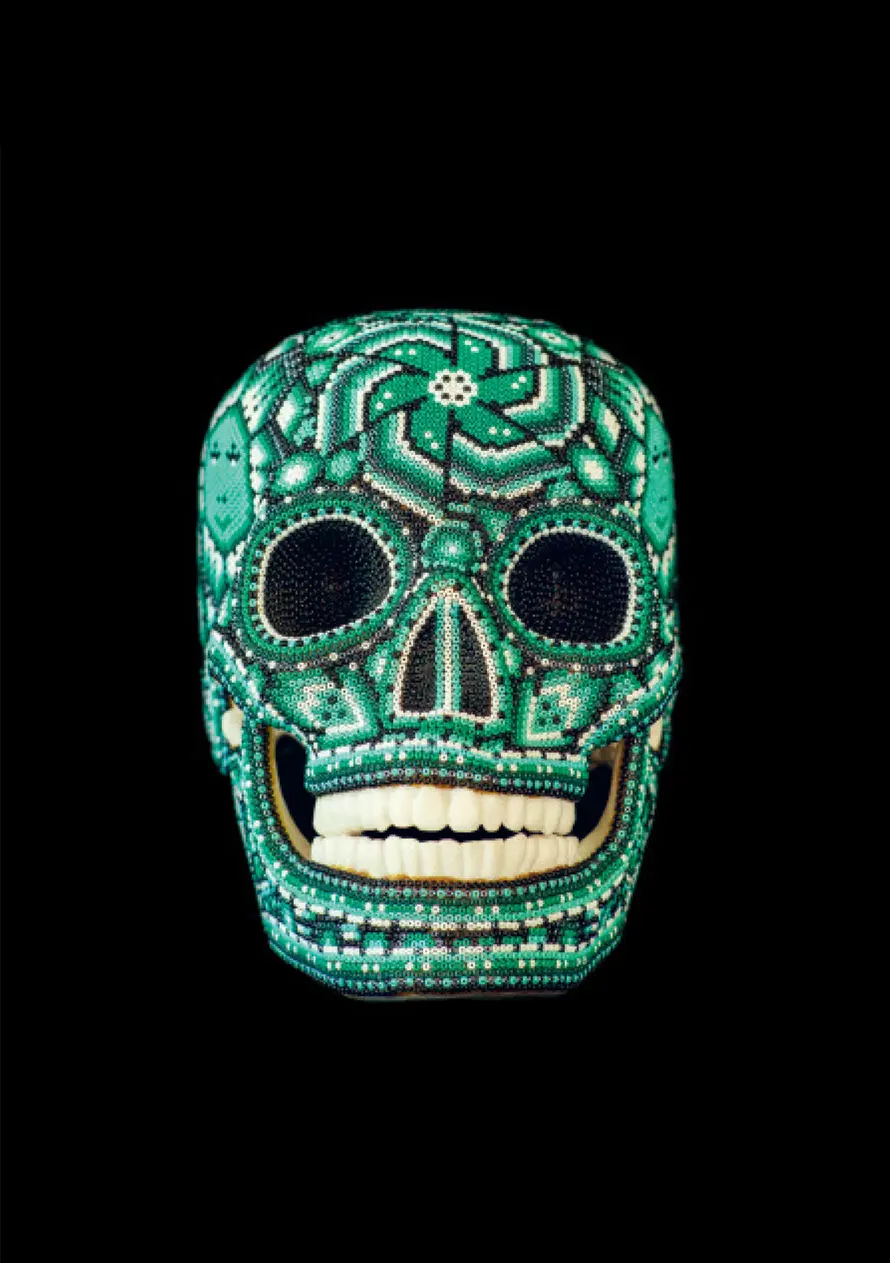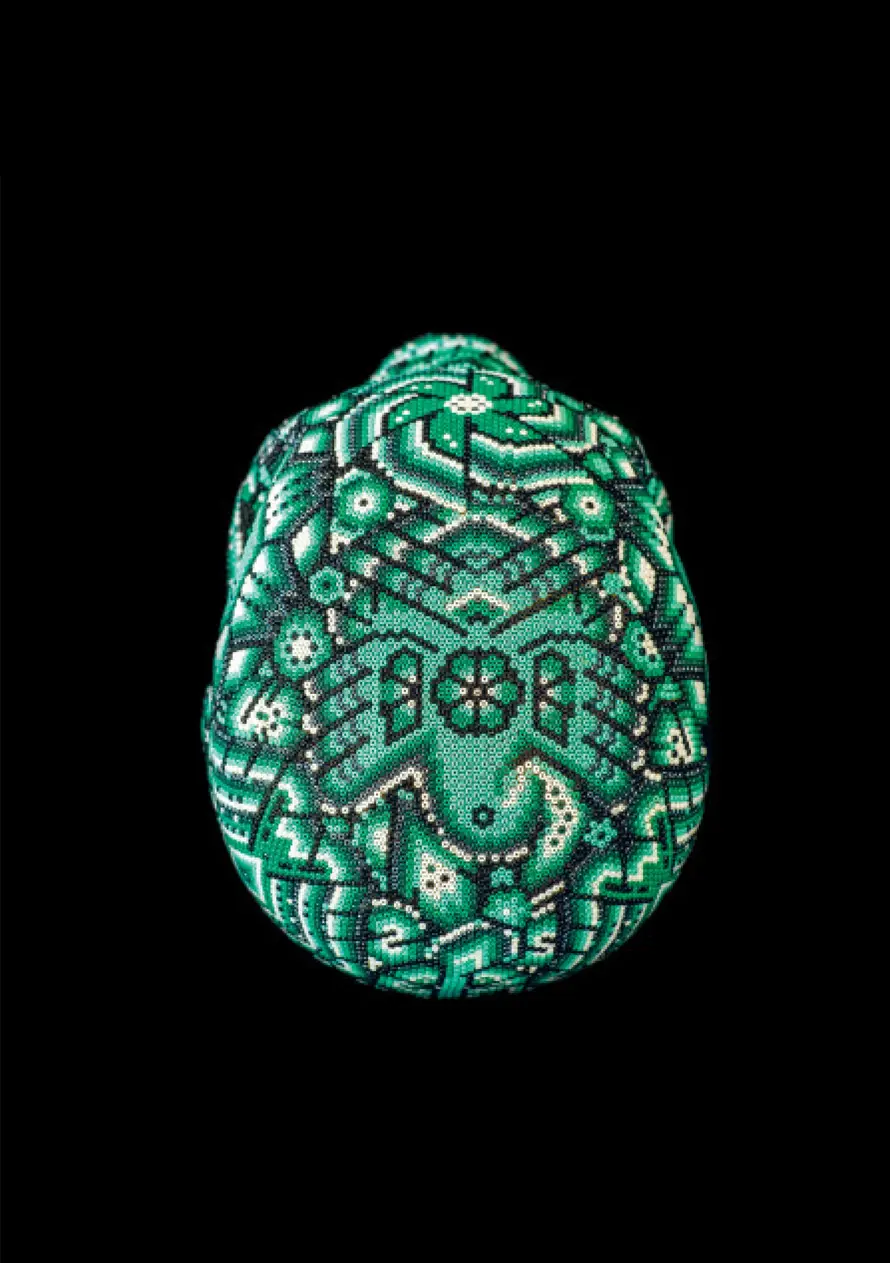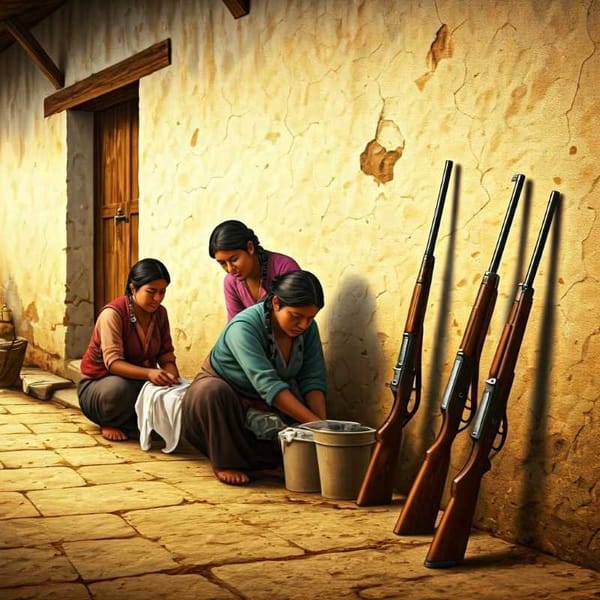Unlocking the Mystical World of Huichol Art: Colors, Symbols, and Sacred Offerings
Huichol art is a unique and vibrant art form created by the Wirraritari people of Mexico. Through intricate designs and vibrant colors, the art reflects the deep connection between the Wirraritari people and their culture, traditions, and spirituality.

Huichol art is a unique expression of the Wirraritari people's history, culture, and spirituality. This article delves into the past, techniques, and significance of this art form.
The Origins of Huichol Art
The Huichol people have a long and rich history from pre-Columbian times. They are known for their unique spiritual practices and ceremonies, which involve the use of the peyote cactus to connect with the divine. This spiritual connection is also reflected in their art, which serves as a visual representation of their cosmology.
The earliest known examples of Huichol art date back to the 18th century, but the art form truly flourished during the 20th century. Today, Huichol art is widely appreciated and has become a significant source of income for the Wirraritari people.
Techniques and Materials
Huichol art is made using a combination of traditional and modern materials and techniques. The artists use chaquira beads, which are small, brightly colored glass beads that are hand-sewn onto a surface to create intricate patterns and designs. The beads are arranged in a mosaic-like fashion to create a vivid and dynamic image.
The use of thread, particularly worsted thread, is also common in Huichol art. The thread is often used to create intricate embroidery, which is used to decorate clothing, bags, and other items. The embroidery is often accompanied by chaquira beads, creating a stunning combination of color and texture.

The Significance of Huichol Art
Huichol art is much more than just a form of decoration; it is a vital part of the Wirraritari people's spiritual and cultural identity. The symbols and designs used in the art represent Huichol's cosmology and belief system, which is based on the concept of "the way of the shaman."
The shaman, or marakame, is a central figure in Huichol culture, and its role is to connect with the spirit world and communicate with the gods. The nierika, or sacred mirror, is an essential tool for the marakame, and it is through this mirror that they receive messages from the gods.
The nierika is also a central element in Huichol's art. The beadwork and embroidery are used to create intricate and colorful designs that are meant to represent the nierika. These designs are often circular, with a central point that represents the entrance to the spirit world.
In addition to the nierika, other common motifs in Huichol art include the sun, moon, stars, animals, and geometric shapes. These symbols are often used to represent different aspects of Huichol cosmology, such as the cycles of the sun and moon or the different stages of the shamanic journey.
The Spiritual Significance of Huichol Art
Huichol art is not just a form of artistic expression; it is also a powerful spiritual tool. The creation of each piece of art is accompanied by prayer and ritual, and the finished product is believed to have spiritual power and significance.
The Huichol believe that their art serves as a portal to the spirit world and that it can be used to communicate with the gods. They also believe that their art can be used to heal and restore balance to the world.

Conclusion
Huichol art is a unique and beautiful expression of the Wirraritari people's history, culture, and spirituality. The intricate beadwork and embroidery create stunning images that are not only aesthetically pleasing but also spiritually significant.
The use of traditional and modern materials and techniques has allowed Huichol art to evolve and adapt to changing times while maintaining its essential spiritual and cultural identity. As a result, Huichol art has become an essential part of the Wirraritari people's way of life, providing them with a sense of continuity and connection to their past.
Huichol art is now recognized and appreciated worldwide, with exhibitions held in major museums and galleries. Art has become a vital source of income for the Wirraritari people, allowing them to share their culture and traditions with the rest of the world.
However, it is essential to recognize the cultural and spiritual significance of Huichol art and to respect the Wirraritari people's beliefs and practices. Visitors to exhibitions and art markets should be mindful of the fact that these pieces are not just decorative objects but are imbued with spiritual power and meaning.




